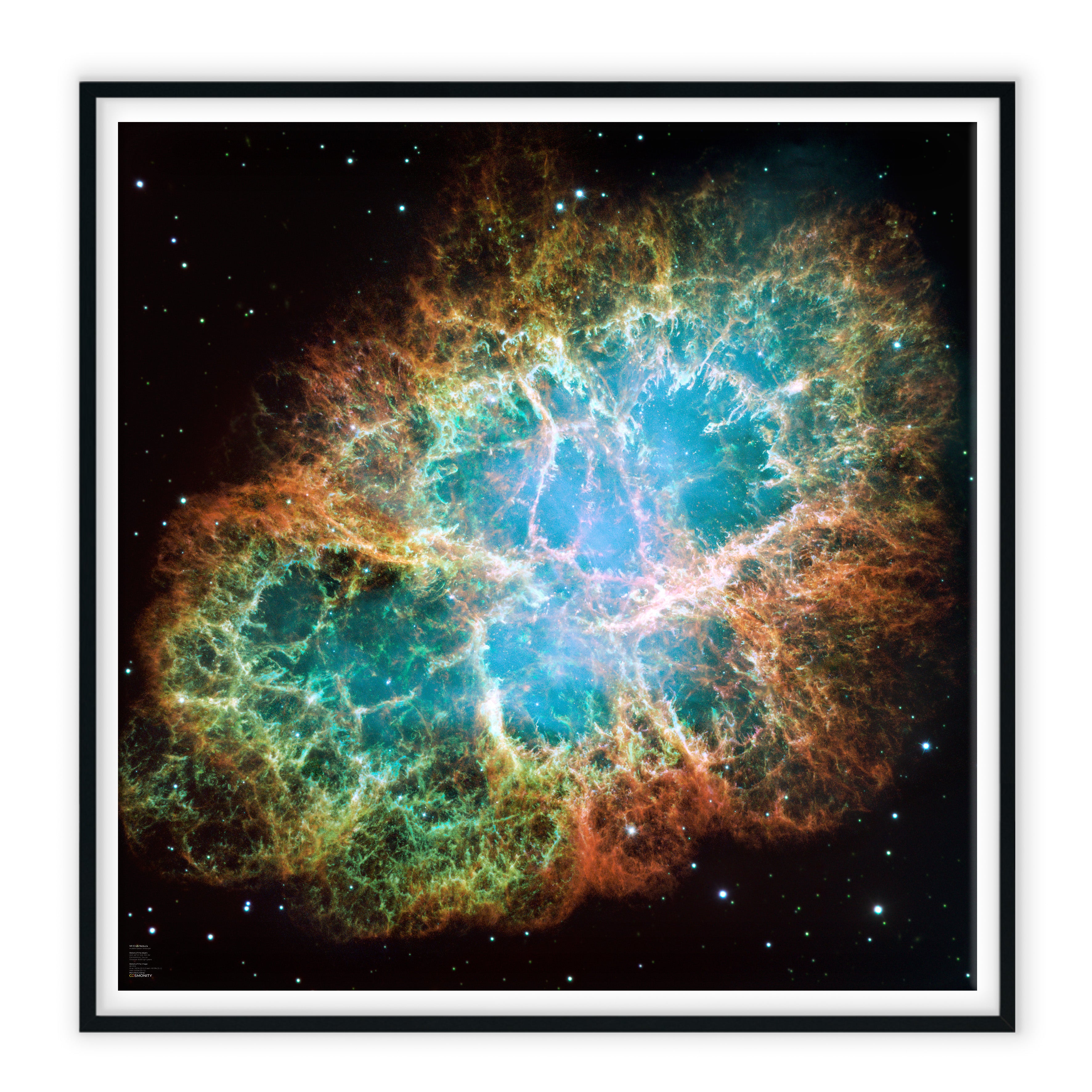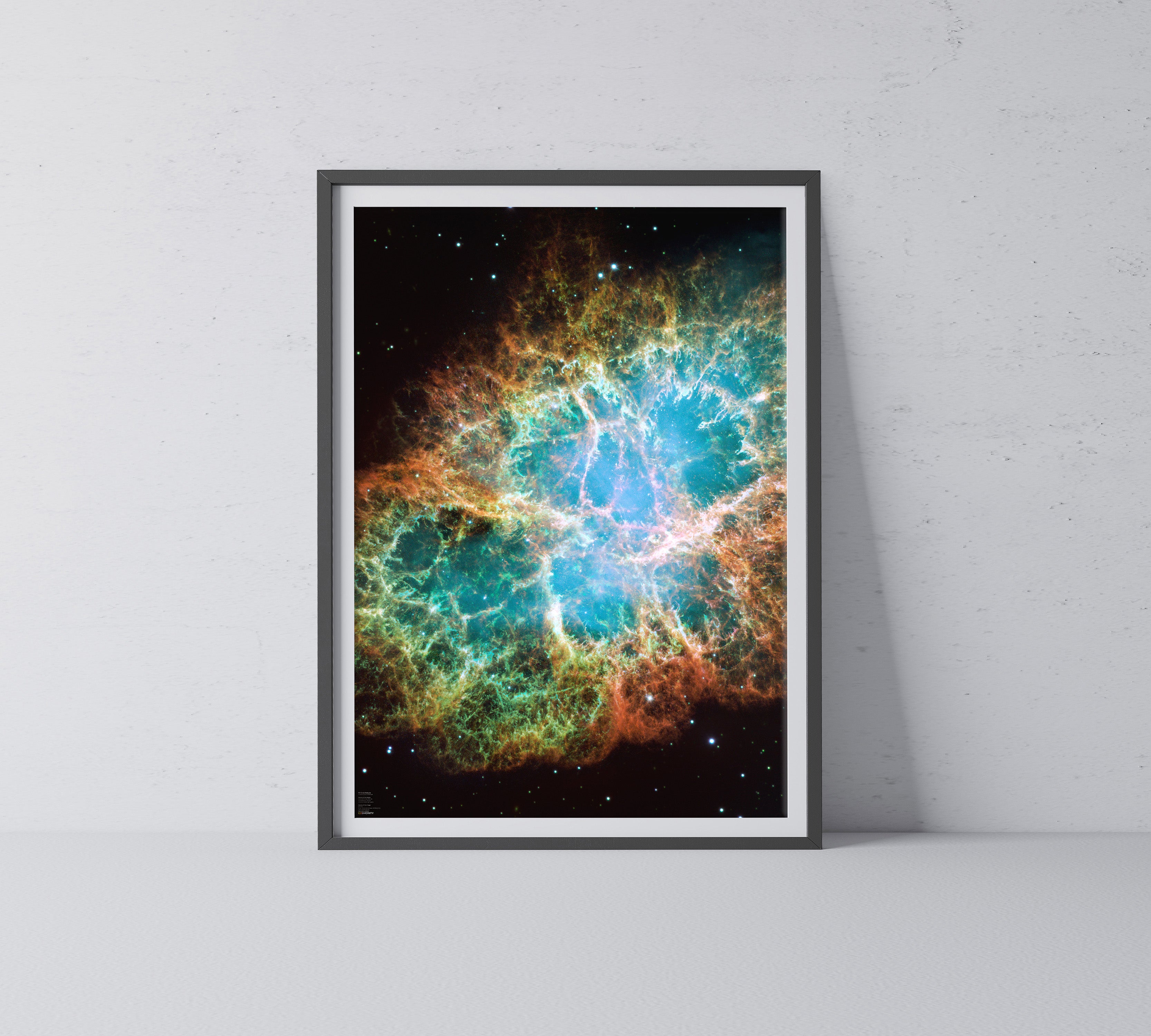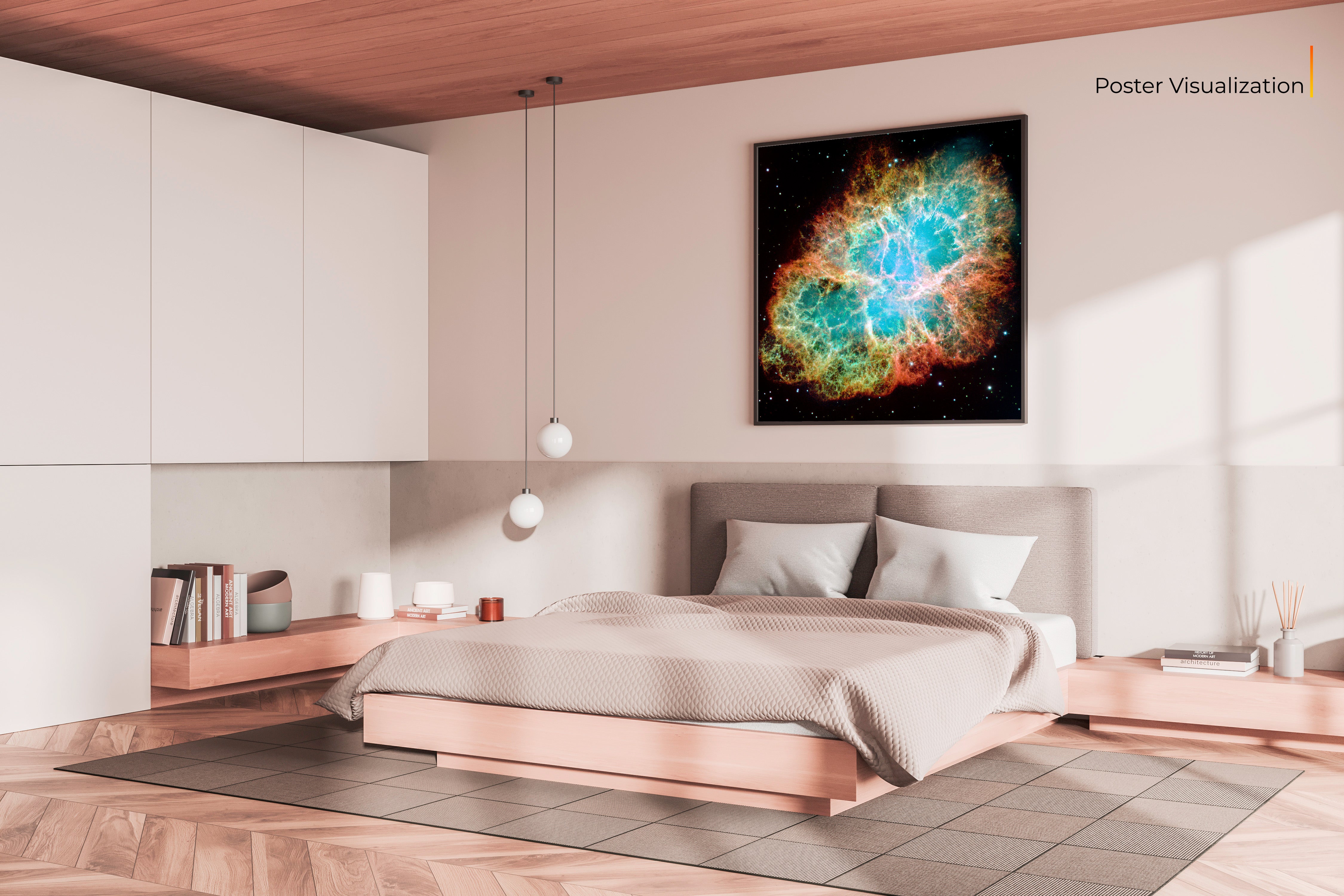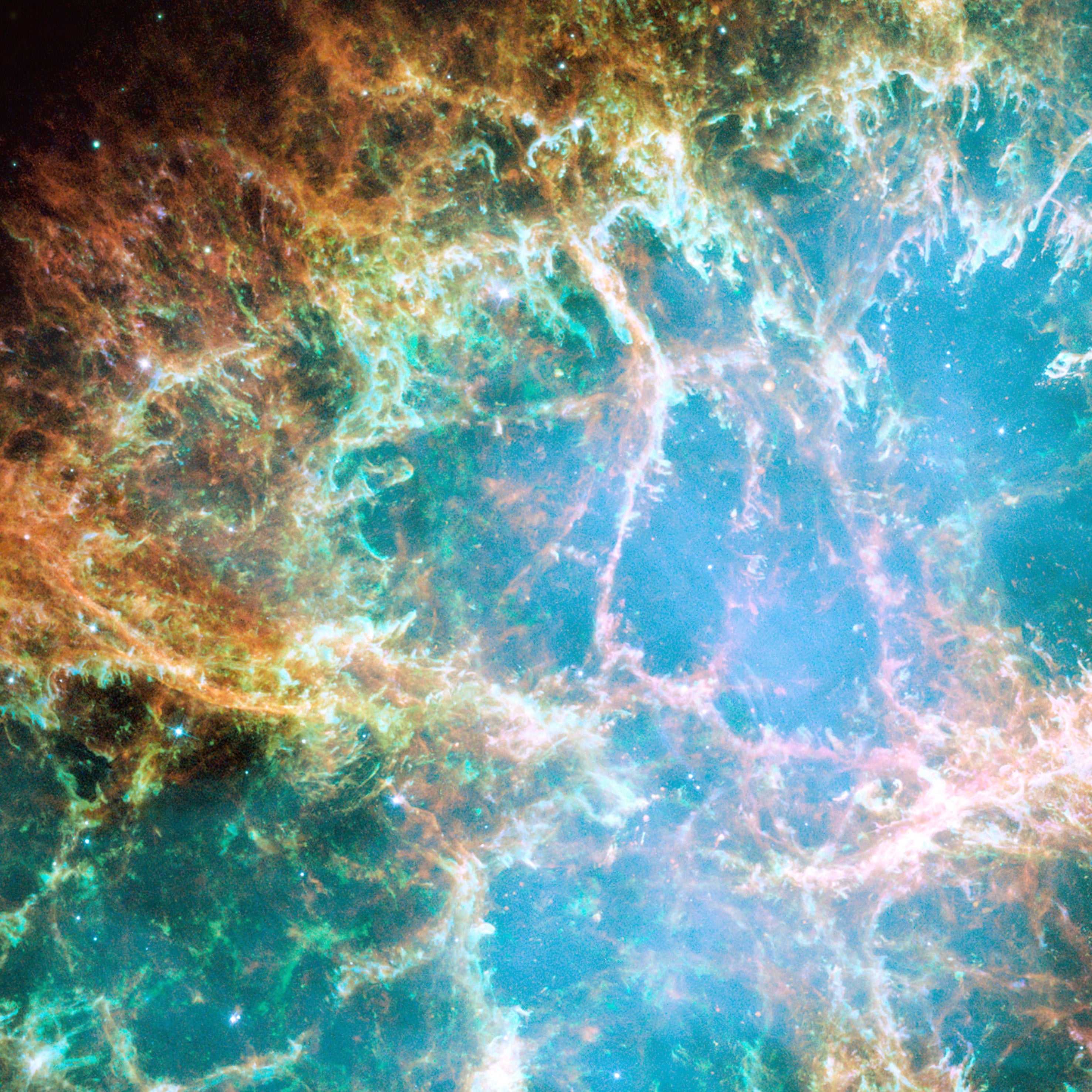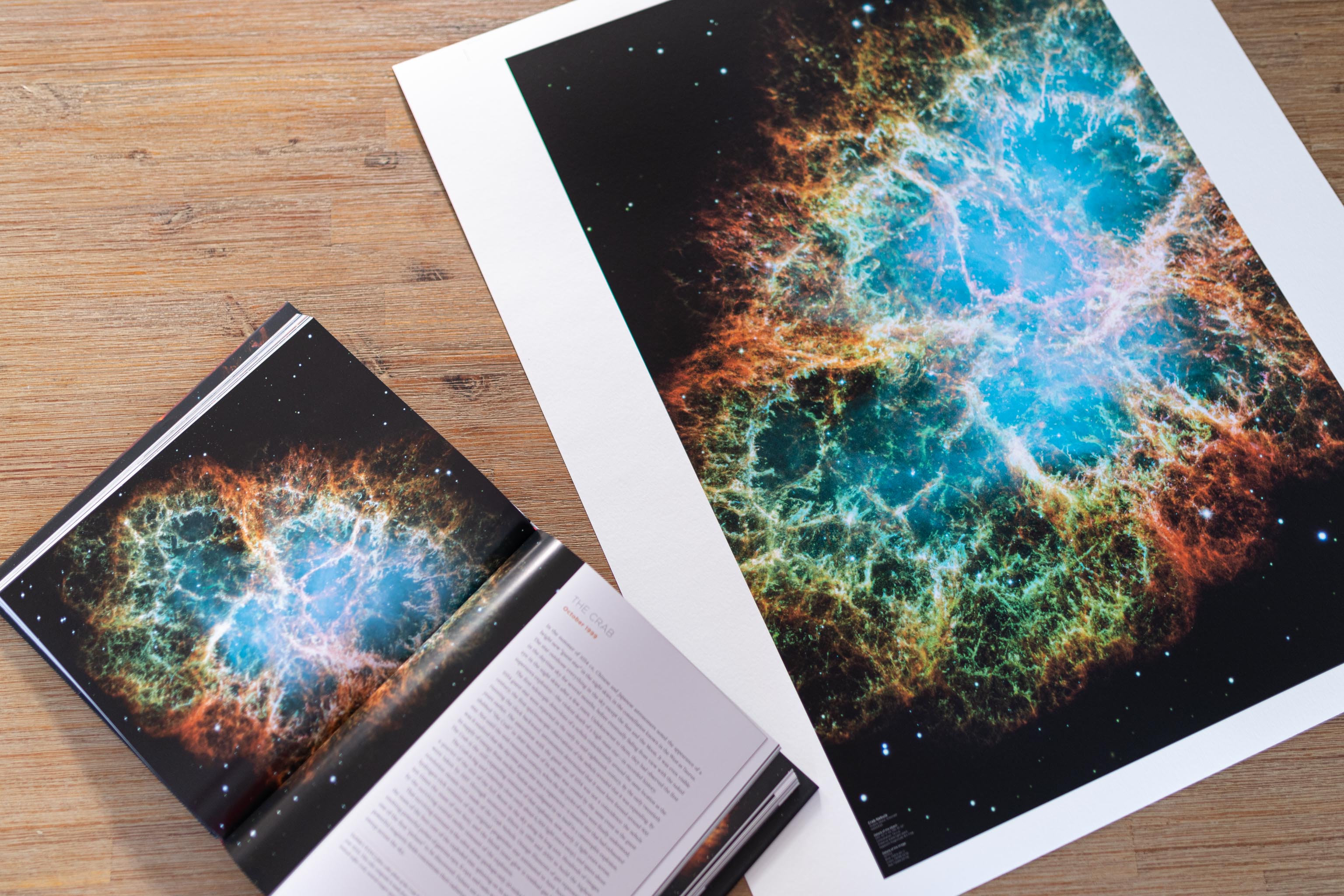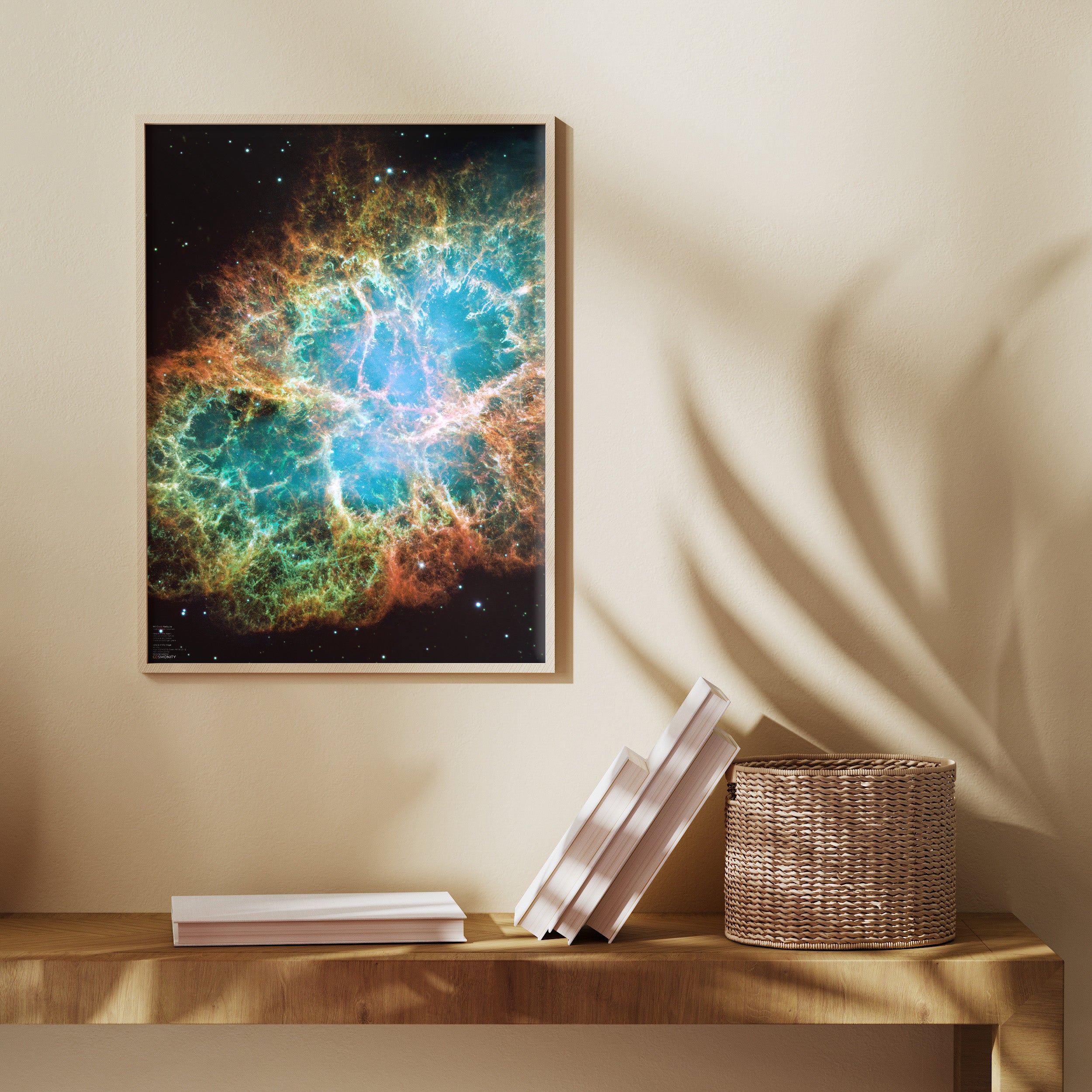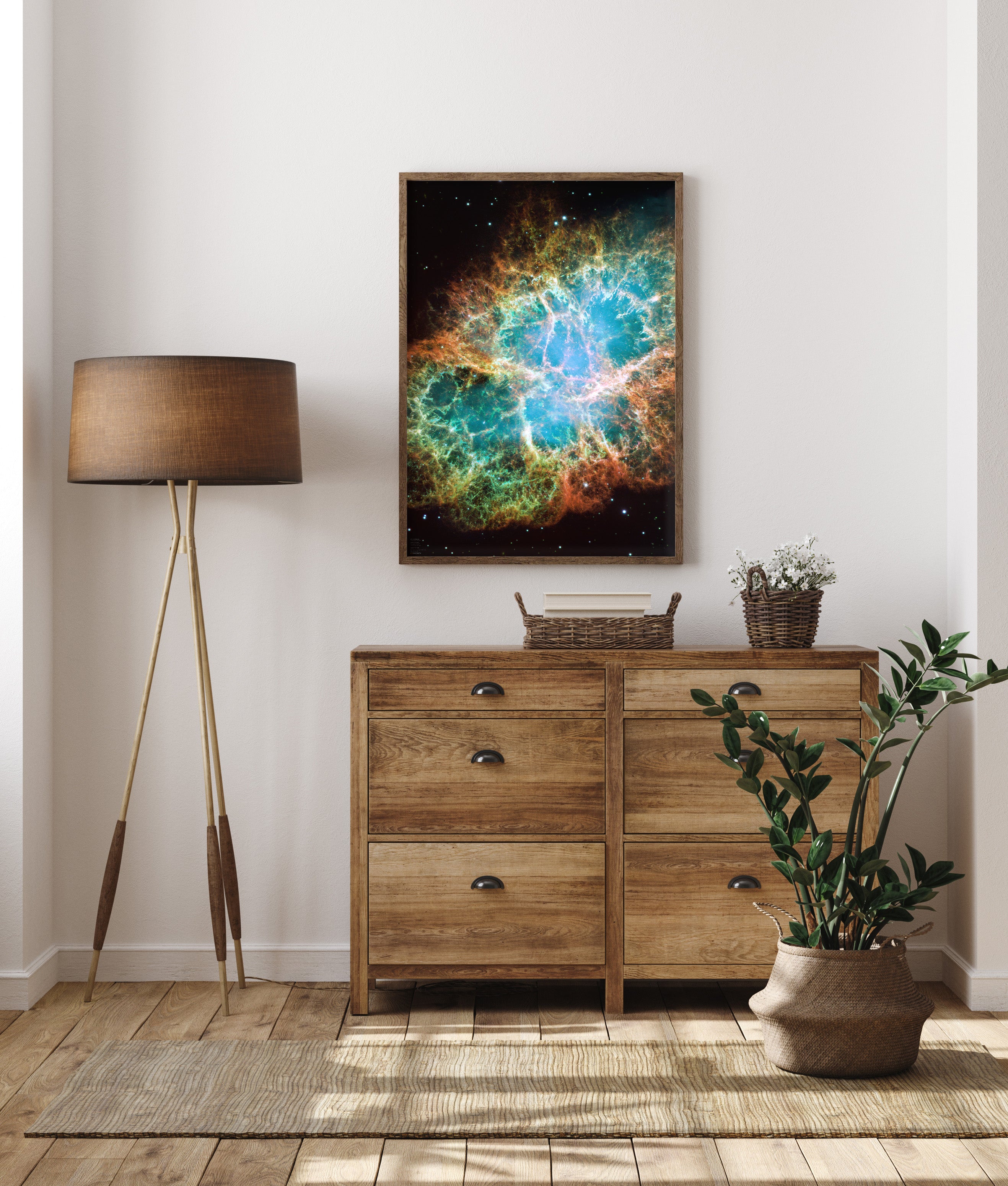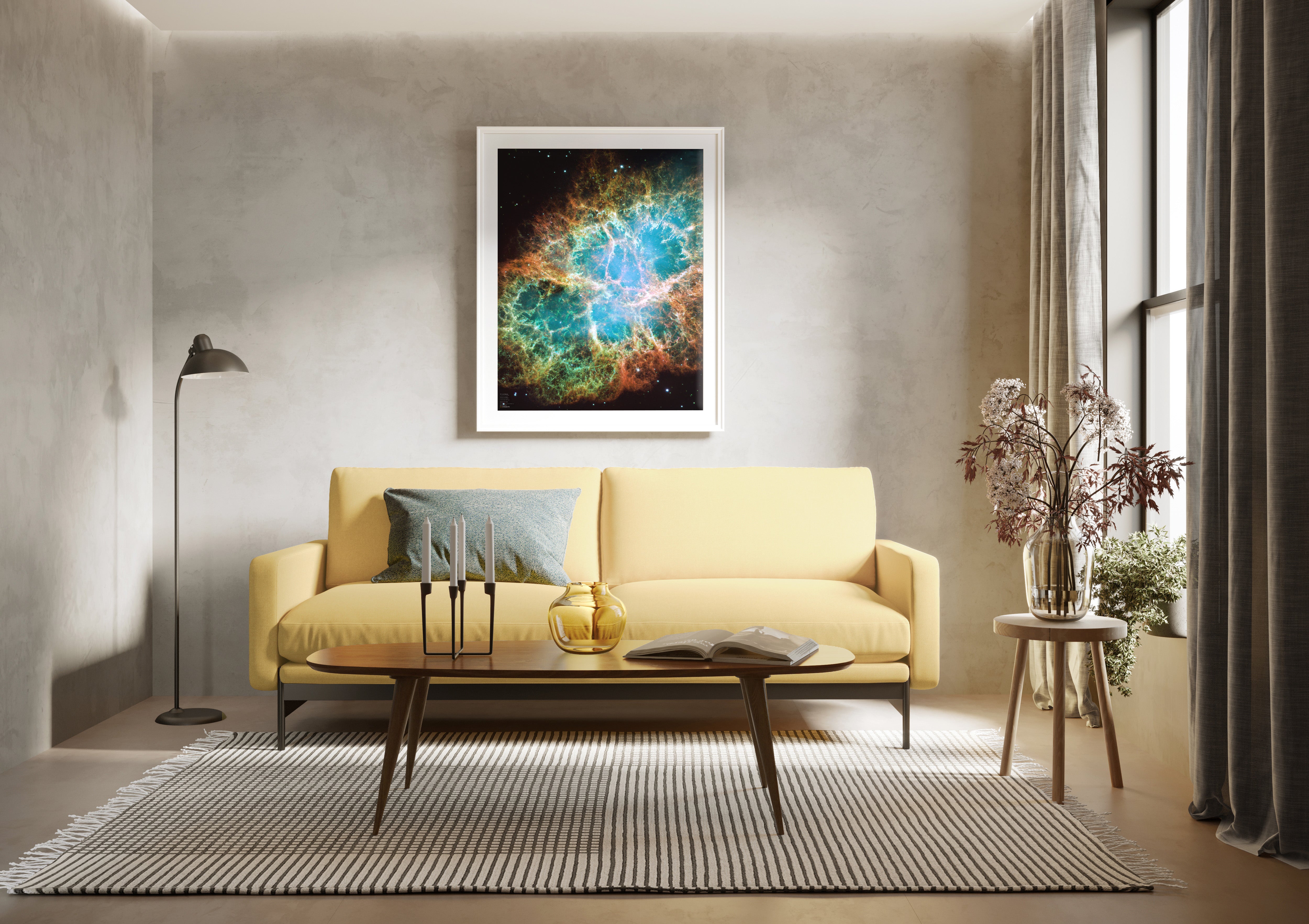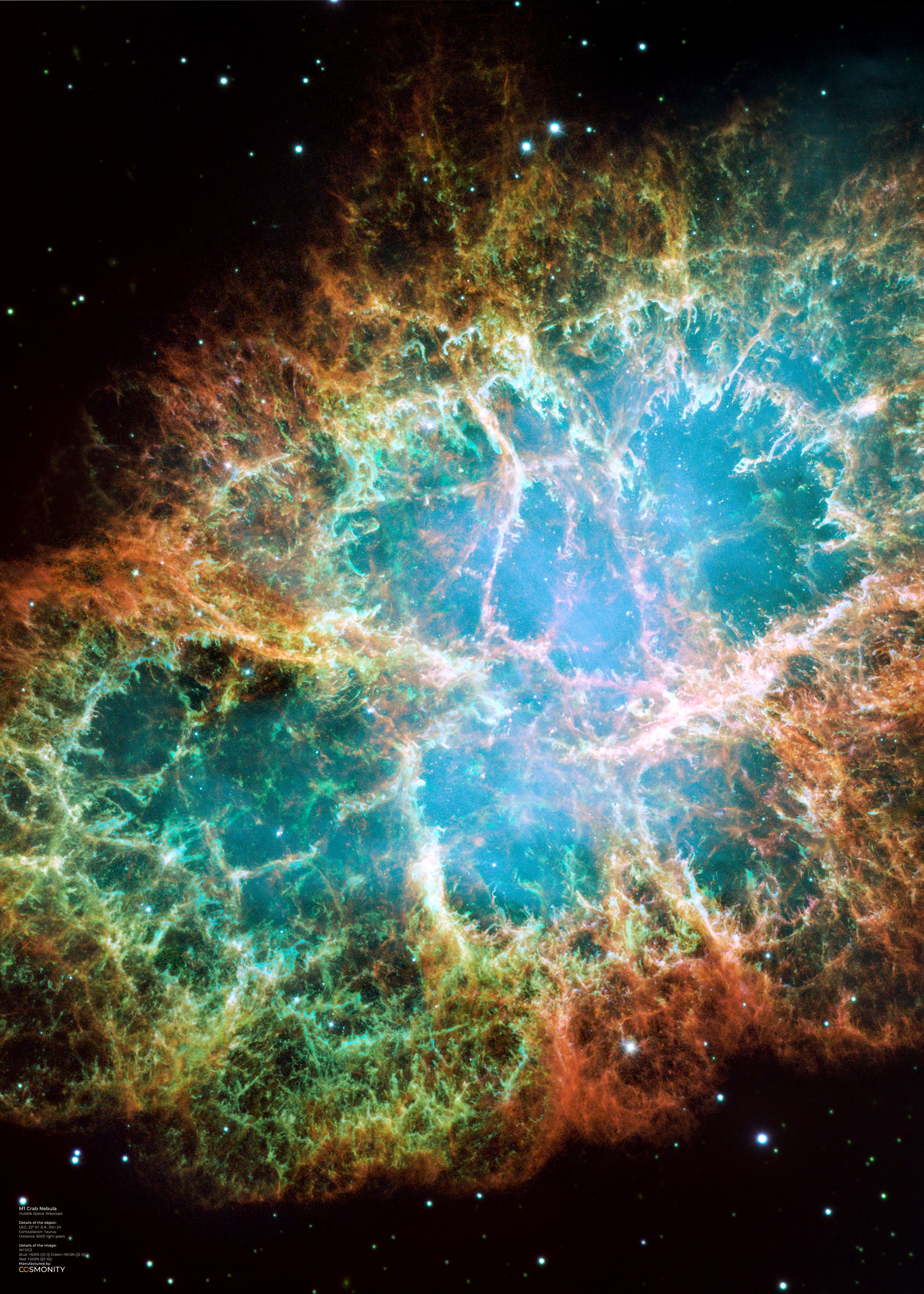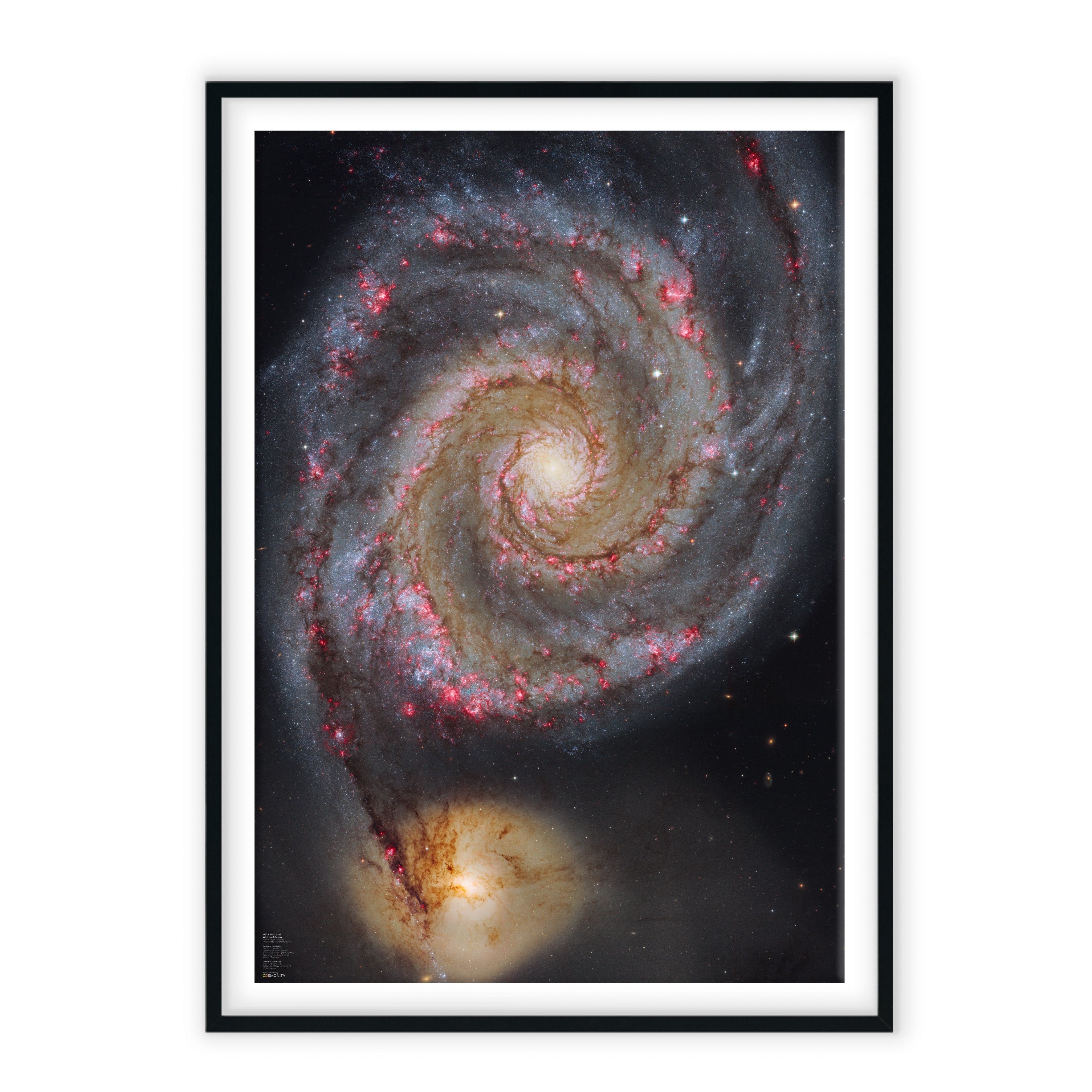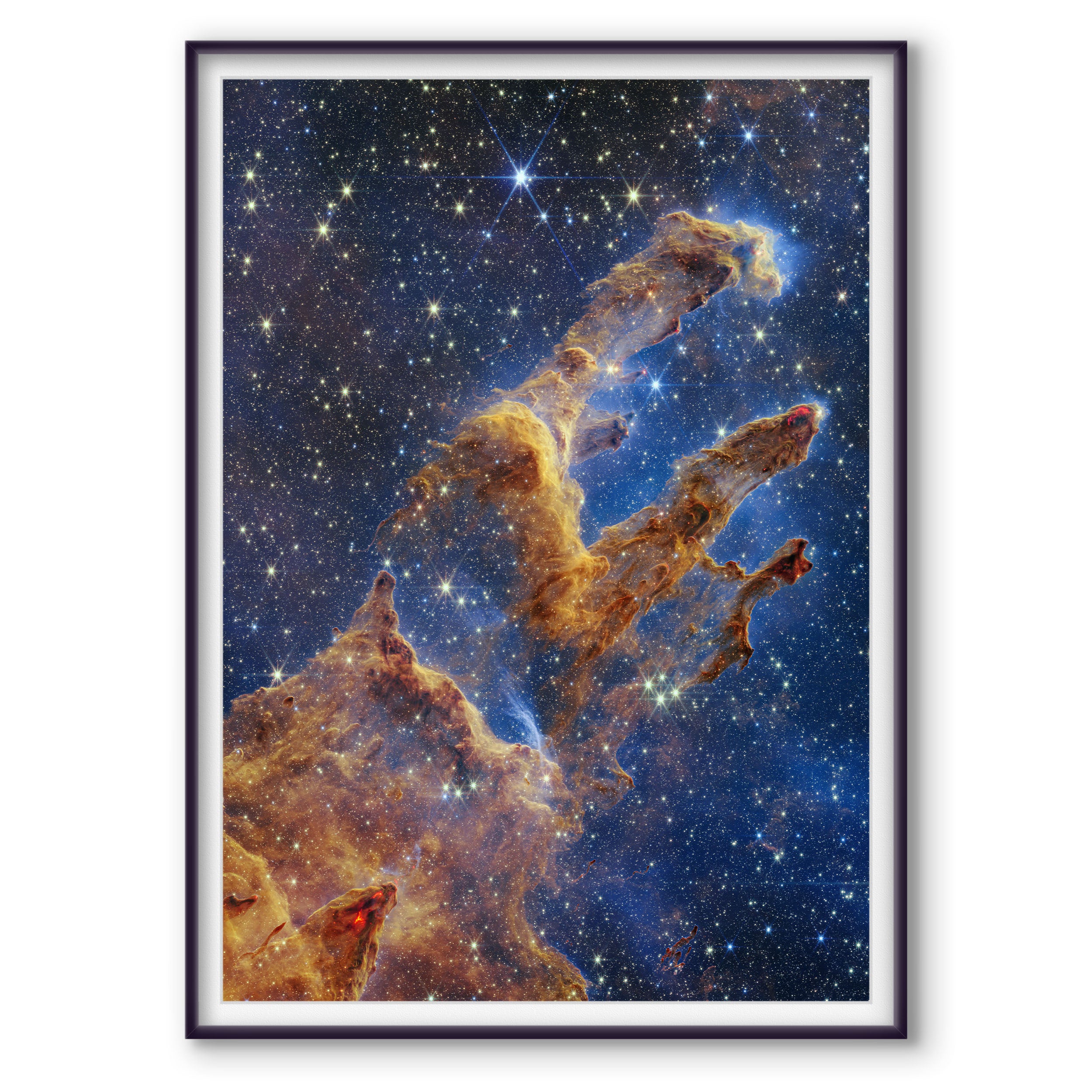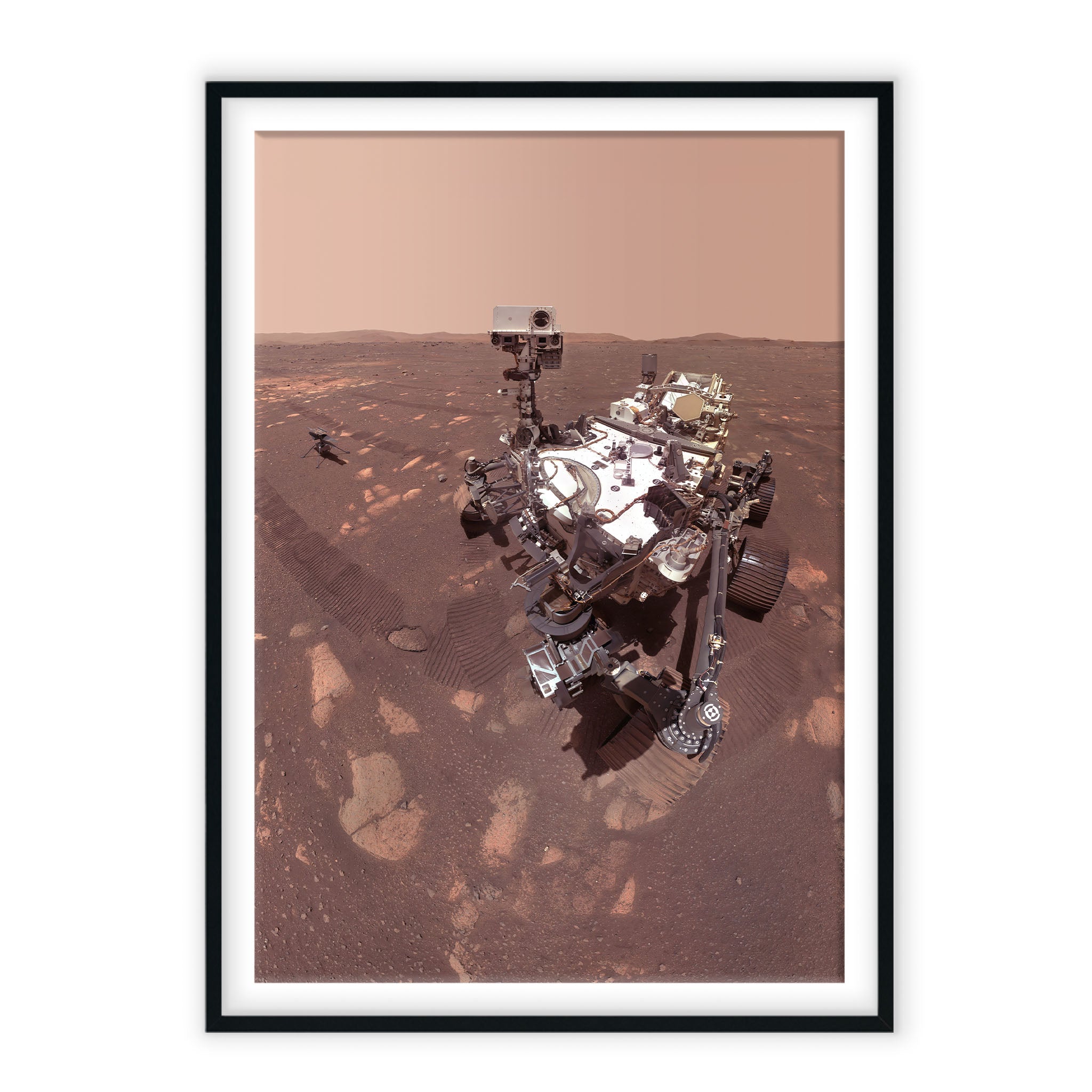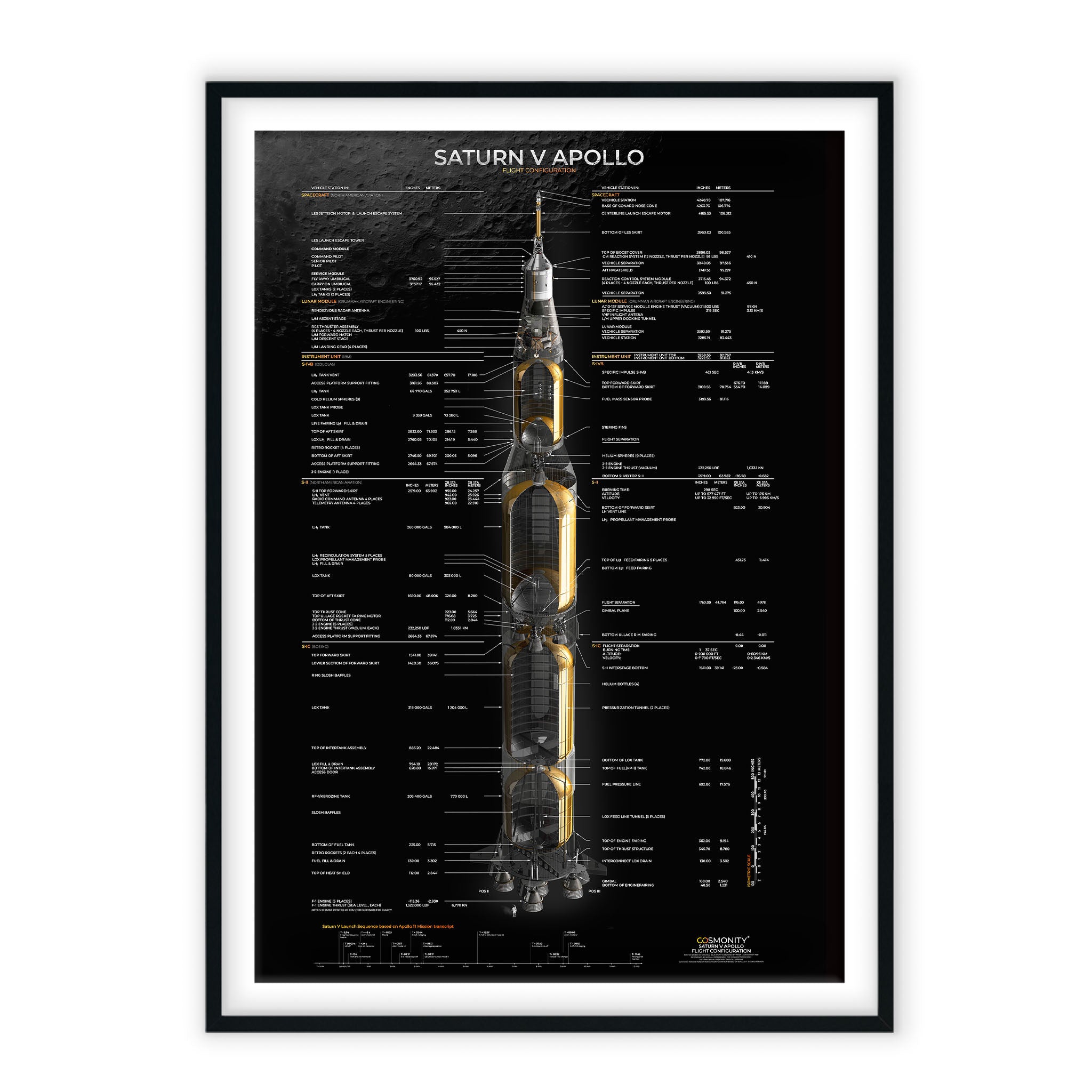In chronicles from 1054 AD Japanese and Chinese observers were described a very bright object on the night sky in the constellation of Taurus which disappeared a few months later. It was a supernova explosion that remnant expanding nebula, now known as the Crab Nebula or Messier 1. The glowing relic has been expanding since the star exploded, and it is now approximately 11 light-years in width.
This Hubble mosaic is one of the largest images ever taken of a supernova remnant by the space telescope. It is also the highest resolution image ever made of the entire Crab Nebula, which is located 6,500 light-years away. The composite was assembled from 24 individual exposures taken with Hubble's Wide Field Planetary Camera 2 in October 1999, January 2000, and December 2000.
The orange filaments are the tattered remains of the star and consist mostly of hydrogen. The rapidly spinning neutron star embedded in the center of the nebula is the dynamo powering the nebula's eerie interior bluish glow. The blue light comes from electrons whirling at nearly the speed of light around magnetic field lines from the neutron star, which is the crushed, ultra-dense core of the exploded star.
Like a lighthouse, the neutron star produces twin beams of radiation. From Earth, it appears to pulse 30 times a second due to the neutron star's rotation sweeping the beams across our line of sight. It has the mass equivalent to the Sun crammed into a rapidly spinning ball of neutrons 12 miles across.
Image Credits: NASA, ESA










